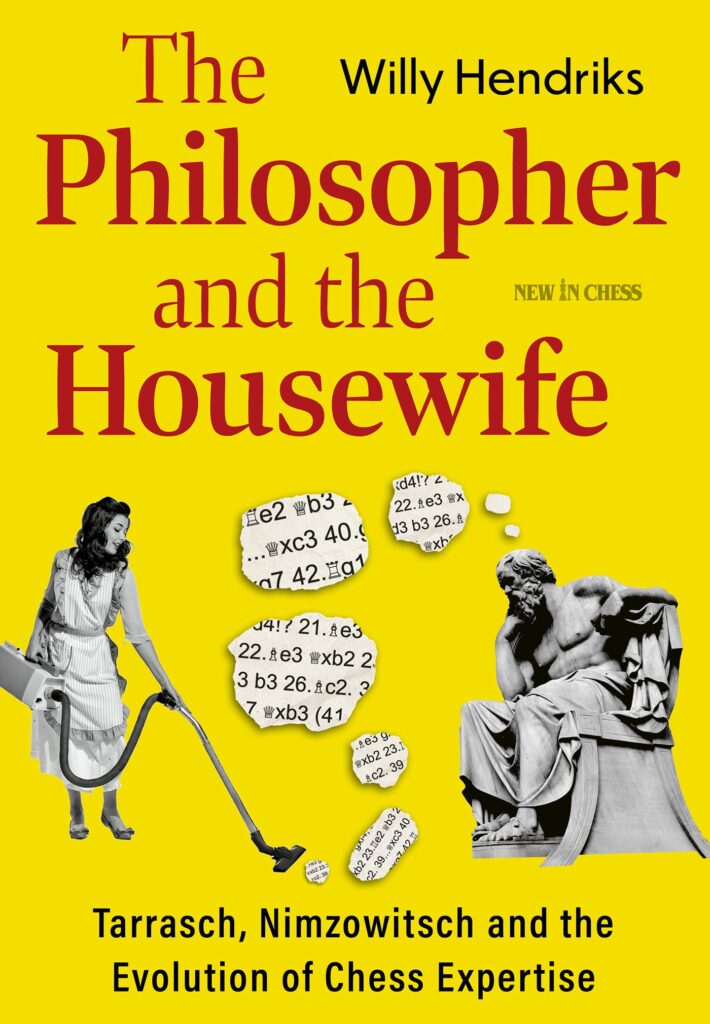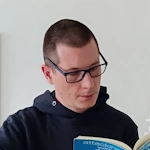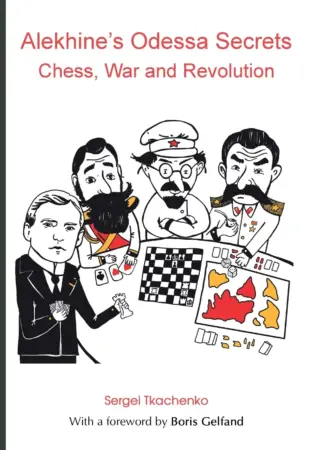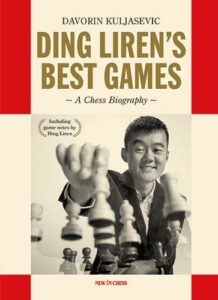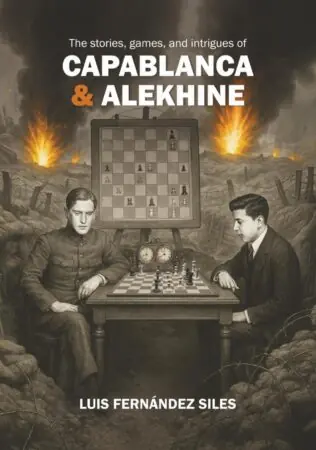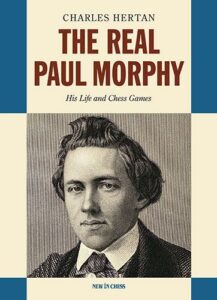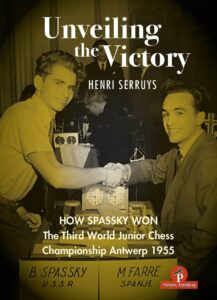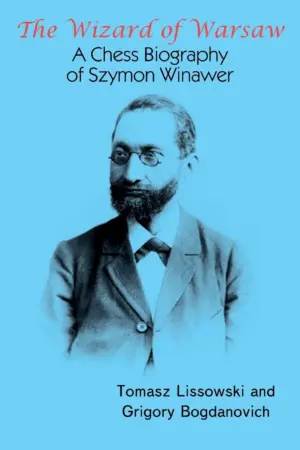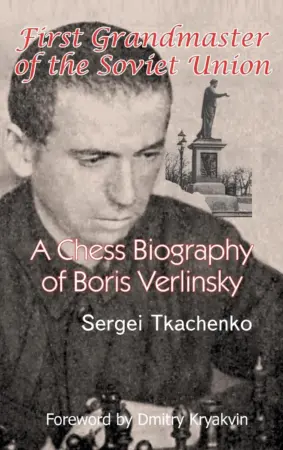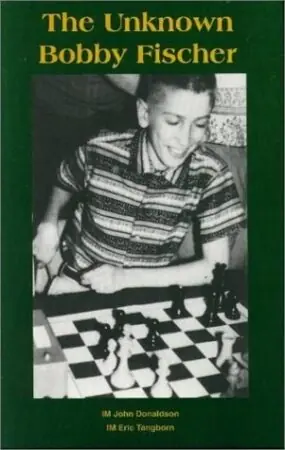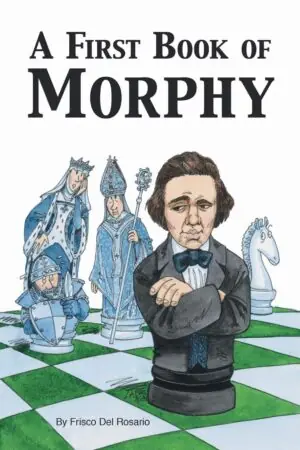Recently a student of mine asked me whether I knew any “bed time” chess books he could read without having to use a board or think too much, while still enriching his chess knowledge. The Philosopher and the Housewife is perfect for that. The book covers a life-long rivalry between Siegbert Tarrasch and Aron Nimzowitsch, and their opposing opinions on how chess should be studied and played.
They are considered the two vainest chess players in history, each with very rigid views on chess, and their philosophy and approach to chess study clashed in their writing, making their story intriguing from a chess perspective, as well as from a historical and philosophical one. As New in Chess puts it in their description of the book: “Does chess history treat these giants fairly or are they mere caricatures? And what was the role of the third protagonist in this debate, Semyon Alapin, whom Nimzowitsch condescendingly called ‘an artist of variations’? These questions, and these different viewpoints, are at the heart of this in-depth investigation.”
Willy Hendriks delved deep into the history of this debate, and had managed to write a book that envelops the early stages of chess thinking, making it an interesting read for all chess players interested in chess culture. This book isn’t supposed to teach you chess, hence my low “usefulness” grading, it’s supposed to give you an insight on how the two (arguably) strongest chess players and thinkers thought one should improve at chess.
The Philosopher and the Housewife offers a unique view into the personal lives of Tarrasch and Nimzowitsch, their play, their philosophies, and their books. Hendriks explains My System, for example, better than any other source I’ve come across, thus providing an insight into the development of chess teaching. I find that very interesting as a player, student, and coach.
The book is divided into 29 captivating chapters, each covering a stage in the history of chess. Chapters are accompanied by games, diagrams, and actual chess knowledge, albeit to a much lesser extent compared to “instructional” chess books.
It’s, in a way, a very good translation of ideas Nimzowitsch and Tarrasch were trying to teach in their works. Hendriks explains their views on structures, piece plan, and typical positional features from a perspective of a modern, experienced, strong Master, making them both easily digestible, and more precise, since he has managed to “refute” or at least debate their fallacies throughout the book.
Consider this a book that will enable you to stand out during discussions on chess. I am of the opinion that one should become a master in one’s field in every respect; applicable skill, history, philosophy, and all other forms of knowledge. So I would urge you not to dismiss The Philosopher and the Housewife.

